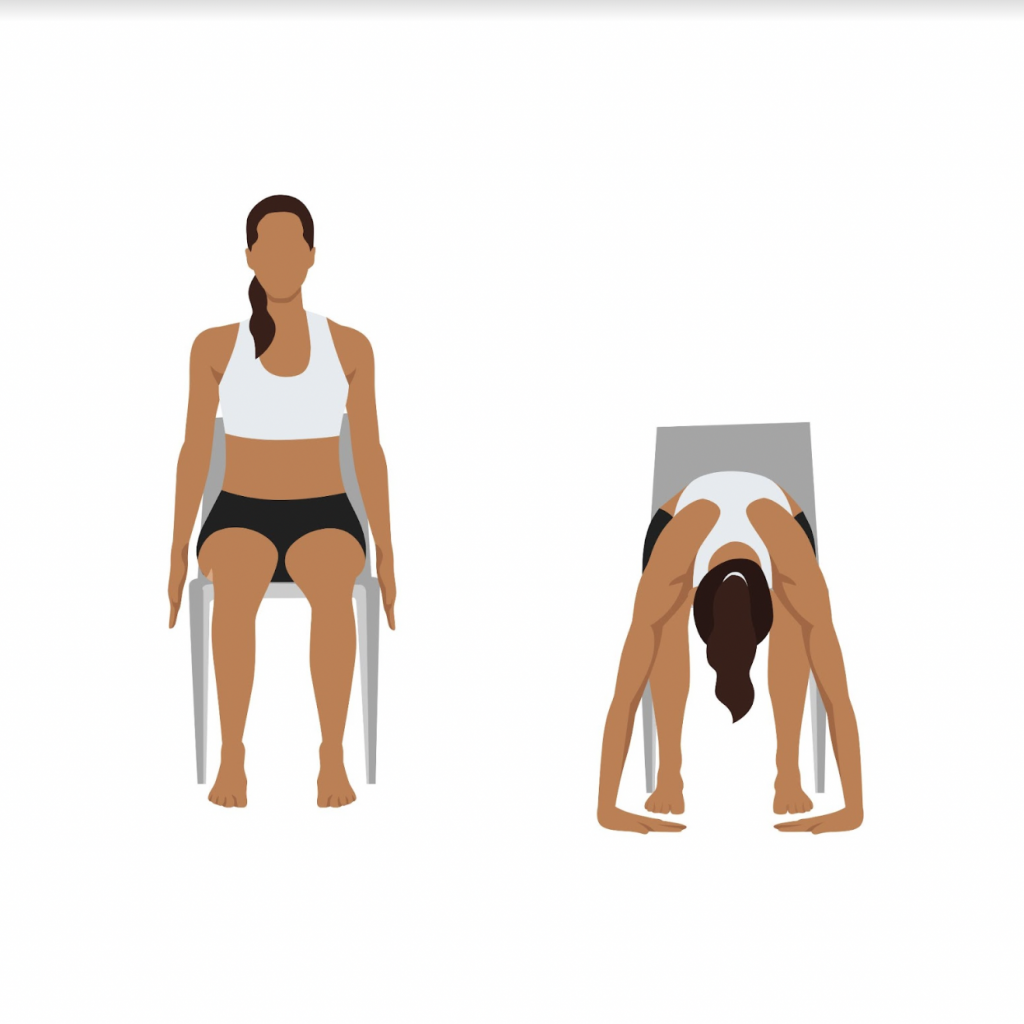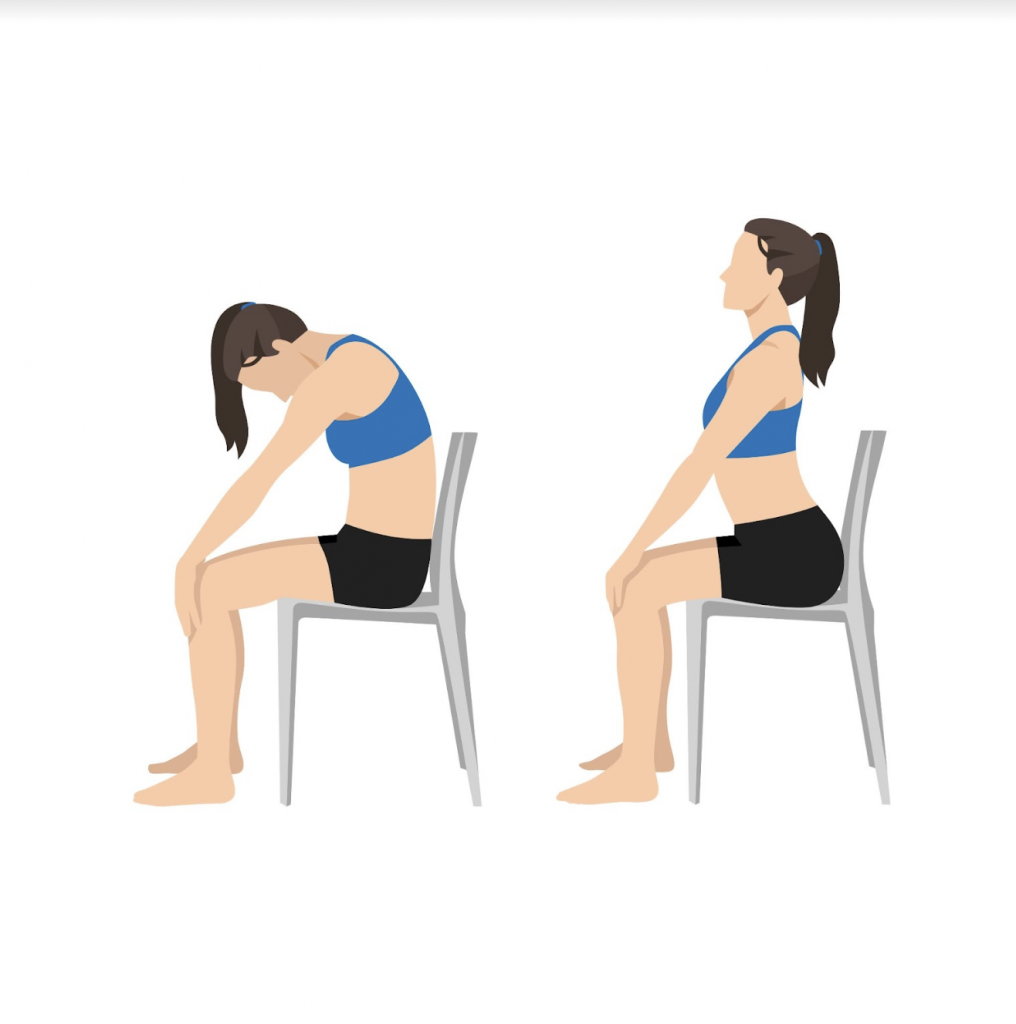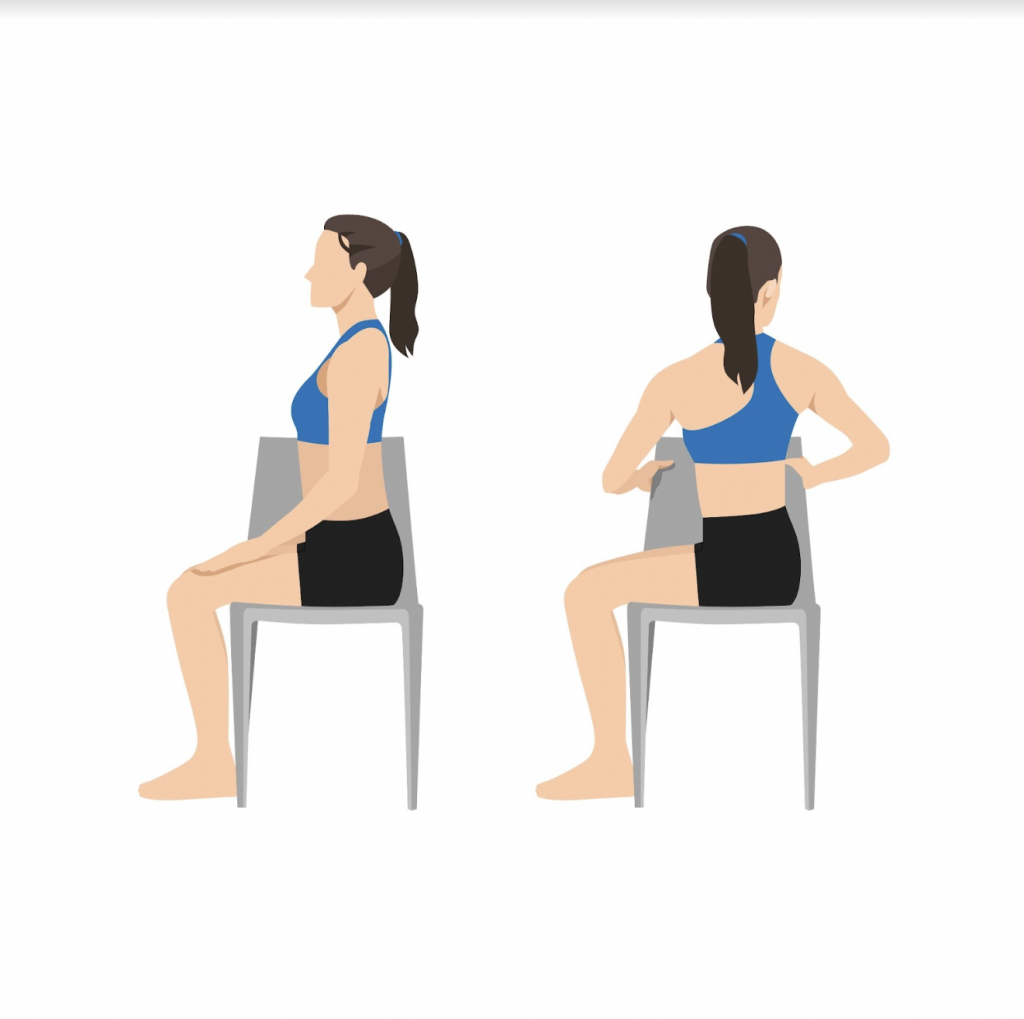It’s no secret that physical activity is an effective catalyst for improved mental health, but it’s not always incorporated into employee wellbeing programs in the business world. With International Yoga Day arriving on Friday 21st June, experts in employee engagement and rewards, Mo, argue the case for “Office Yoga” (and other physical activities) as a handy tool for improving work wellness and overall company culture.
During the pandemic, many of us offset the claustrophobia of lockdown with online yoga sessions like those presented by Adriene Mishler, who continues to produce regular content on her YouTube channel Yoga With Adriene for over 12.5 million subscribers.
Despite the health benefits, introducing physical activities like yoga into workplace culture can often be met with reluctance from employees as a result of stigma or discomfort. Though some will view the idea of a group yoga session or competitive sports day as an excellent way to get fit and build social bridges between colleagues, others may not share this view, but may feel disinclined to voice their discomfort if they are in the minority.
The result is an activity that causes this latter group to feel pressured into taking part in something they don’t feel comfortable doing, which could have the opposite effect to the light-hearted, morale-boosting fun your workplace had originally hoped to achieve.
With remote working maintaining its presence in a post-pandemic world (potentially leading to us moving around less as a result), it’s never been more important for us to focus on fitness as often as possible. The question, then, becomes one of how we can encourage our colleagues (and ourselves) to be active and emphasise the benefits of physical activity, without causing any undue discomfort or embarrassment.
The importance of physical activity in the workplace
Before we answer the core question, let’s look at why regular exercise is so important, and why workplaces should be promoting movement in their staff. For starters, physical activity lowers the risk of chronic diseases like heart disease, diabetes, and hypertension. Beyond this, it also helps to improve musculoskeletal health, lowering the risk of work-related injuries and discomfort.
Physical activities have also been demonstrated to alleviate stress, anxiety, and depression while also enhancing mood and overall mental health by triggering the release of endorphins, which are known as the body’s natural mood boosters. Better focus, heightened creativity, and more efficient mental processing are also core benefits, and employees that lead active lives tend to have higher problem-solving abilities and are more focused at work.
Addressing discomfort and promoting inclusivity
To de-stigmatise physical activities, it’s important to push for an inclusive workplace in which everyone can feel comfortable engaging, regardless of their individual fitness levels. Emphasise that these activities are for everyone, and that the primary goal is well-being rather than performance.
Provide clear communication
Clear and honest communication about the advantages and purpose of physical exercises can assist to reduce discomfort. Share information on the benefits of physical activity on health and job performance on a regular basis via newsletters, meetings, or posters.
Lead by example
Management and team leaders should engage in physical activity to set a good example. When employees see their leaders respecting and participating in these activities, they are more likely to emulate them.
Offer flexible options
Recognise that not everyone will be comfortable with the same activities. Push for a variety of choices, including yoga and stretching, walking meetings, and fitness challenges, so that people may choose what works best for them, rather than feeling pigeon-holed into something they may not enjoy.
Encourage staff to be active
Incorporating brief, moderate physical exercises into the daily routine can encourage people to participate. Suggest walking meetings, standing desks, and quick stretch breaks throughout the day.
Provide resources and support
Provide (or request) access to training videos, manuals, and even in-house exercise instructors. Consider seeking incentives for involvement, such as wellness prizes or more break time.
Create a supportive culture
Above all else, work with your employers (or employees) to develop a corporate culture that promotes and encourages physical activity. This can involve forming wellness committees, commemorating physical fitness milestones (though again, it’s important to note that it is not a contest), and fostering peer support.
Get Started Now With Desk Yoga
When people hear the term “office yoga”, they’re likely to conjure up images of rows of foam mats and seemingly impossible poses that contort the body in ways that may seem unnatural. Desk yoga, however, allows individuals to engage in simple, beneficial physical activities without leaving their seat – and it’s a good starting point to get your team more active.
Here are some positions that can be incorporated into your workday that can help improve physical fitness.
Seated Forward Bend (Paschimottanasana)

- Sit tall in your chair with both feet flat on the floor.
- Inhale, lengthen your spine, and then exhale as you fold forward, reaching for your toes or resting your hands on your shins.
- Hold for 5-10 breaths, feeling a stretch along your back and hamstrings.
Seated Cat-Cow Stretch

- Sit on the edge of your chair with your feet flat on the floor.
- Place your hands on your knees.
- Inhale, arch your back, and lift your chest and chin (Cow Pose).
- Exhale, round your spine, and tuck your chin to your chest (Cat Pose).
- Repeat for 5-10 breaths to improve spinal flexibility.
Seated Spinal Twist (Ardha Matsyendrasana)

- Sit tall with your feet flat on the floor.
- Place your right hand on the back of your chair and your left hand on your right knee.
- Inhale, lengthen your spine, and exhale, twist to the right.
- Hold for 5-10 breaths, then repeat on the other side.
Wrist and Finger Stretches
- Extend your right arm in front of you with your palm facing up.
- Use your left hand to gently pull your fingers back toward you, stretching your wrist and forearm.
- Hold for 15-30 seconds, then switch sides.
Neck Rolls
- Sit comfortably with your spine straight.
- Slowly drop your chin to your chest, then roll your head to the right, bringing your right ear toward your right shoulder.
- Continue the circle, rolling your head back, and then to the left.
- Repeat 5-10 times in each direction to relieve tension in your neck.
Other Ways To Get Staff Active
Walking Meetings
Walking meetings are effective group activities for boosting morale and teamwork. Instead of regular sit-down meetings, hold walking meetings. This not only stimulates physical activity, but it also fosters a more dynamic and open discussion.
Team Sports
Organise friendly team sports events including volleyball, soccer and basketball. These exercises can help employees develop cooperation, communication, and bonding skills.
Fitness Challenges
Create fitness challenges for employees to compete in, individually or as a team. Examples include step challenges, bike tournaments, and virtual races. Motivate employees by offering rewards for involvement and success.
Outdoor Activities
Plan outdoor activities like hikes, picnics, and nature walks. These activities can give a refreshing escape from the business atmosphere while also encouraging physical activity in a pleasant and engaging way.
Establishing a healthy, productive, and positive work environment is vital for the improvement of employee well-being, and can be achieved through building a more dynamic and cohesive team by encouraging participation through inclusive and supportive activities. Business owners, managers, and team leaders all play key roles in driving this shift, making sure employees feel comfortable and motivated to participate. Simple techniques such as desk yoga and group activities can significantly improve a team’s morale and productivity, resulting in a happier and healthier workplace for everybody.
*Guest post from https://mo.work/







